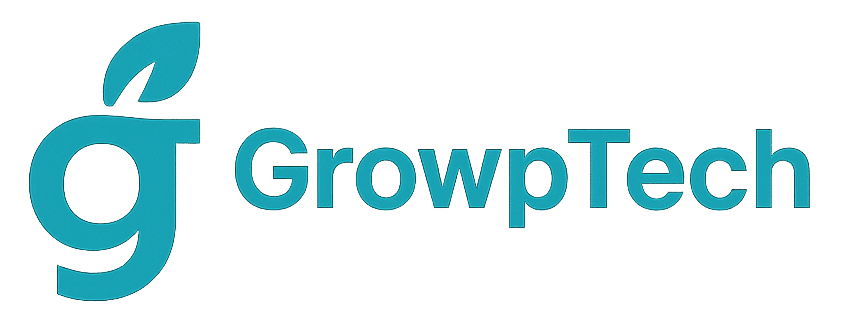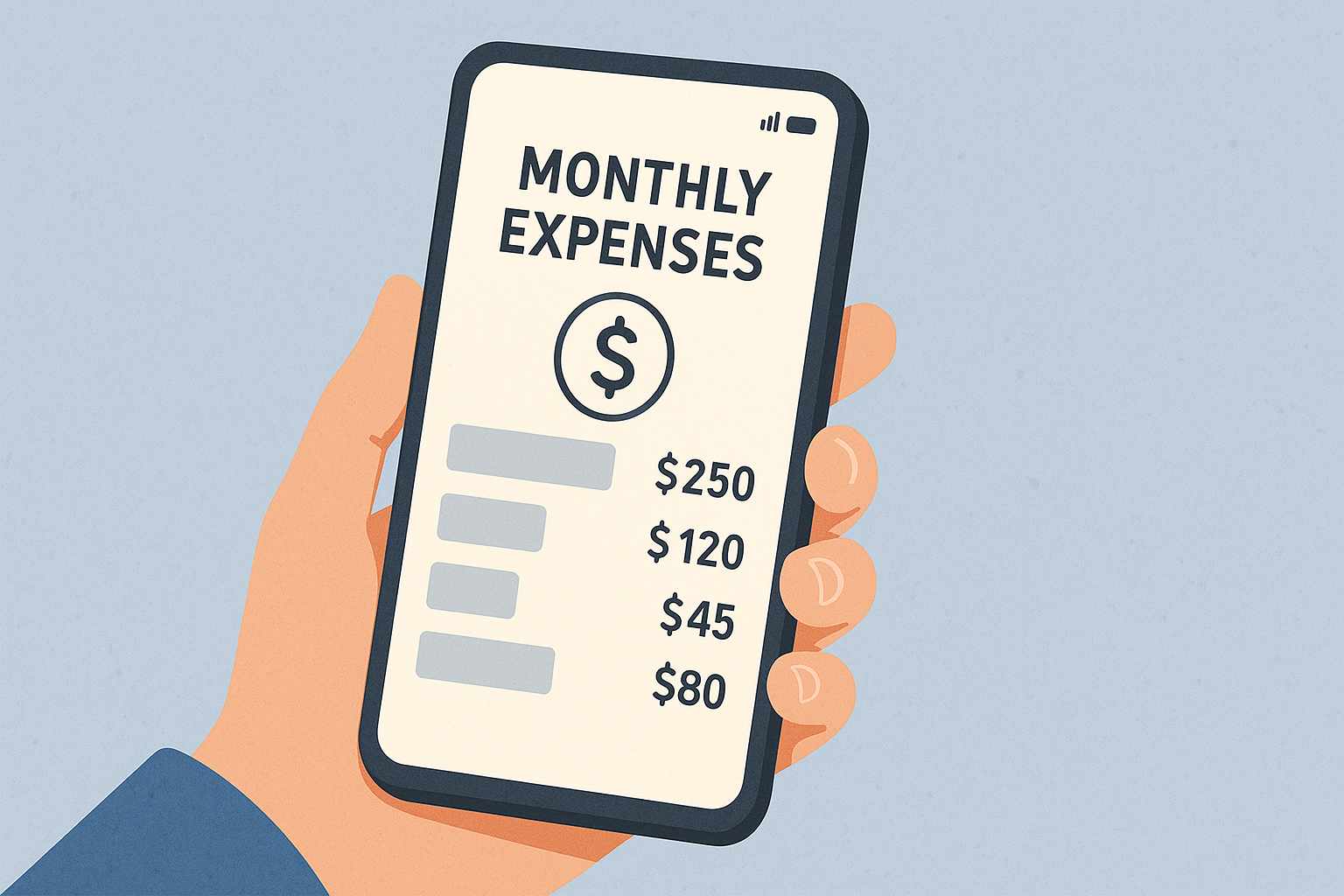Hi, Finance Friends! In this digital era, using paper or spreadsheets to track expenses can feel exhausting. Fortunately, there are plenty of mobile apps ready to help you manage your finances quickly and easily. This article reviews nine top apps, complete with features, advantages, drawbacks, and tips so you can pick the one that’s just right for you. Let’s start your journey toward better money control!
Why Is It Important to Track Expenses?
Benefits of Recording Personal Finances
Tracking expenses helps us understand our daily spending patterns—whether it’s buying coffee, paying for streaming subscriptions, or doing monthly shopping. With this data, we can adjust our priorities, cut unnecessary expenses, and accelerate the achievement of financial goals like vacations or emergency funds.
Negative Impact If You’re Disorganized
Keeping track of expenses helps you understand daily spending patterns—whether it’s coffee runs, streaming subscriptions, or monthly shopping. With this data, you can adjust priorities, cut unnecessary costs, and speed up achieving financial goals like vacations or emergency funds.
Criteria for an Ideal Expense App
User-Friendly Interface
Choose an app with a clean design, clear icons, and intuitive navigation. The fewer taps, the faster you can log expenses.
Detailing and Categorization Features
The ideal app lets you group expenses by category—transport, food, entertainment—plus extra tags. It’s a bonus if it offers pie or bar charts to show spending breakdown.
Data Sync and Security
Make sure the app supports cross-device synchronization and is protected by PIN or biometric locks. Your financial data is confidential!
List of 9 Applications to Record Expenses
1. Money Lover
Key Features & Advantages
- Comprehensive categories, tags, and notes
- Interactive charts for expense analysis
- Automatic sync across devices
- Recurring bill reminders
Drawbacks & Usage Tips
Some advanced features are locked in the free version. Set reminders at the start of the month so you don’t forget.
2. Monefy
Key Features & Advantages
- Minimalist design with attractive color palettes
- In-depth financial reports
- Monthly budget planning
Drawbacks & Usage Tips
Requires a stable internet connection. Regularly check bank access permissions in the app settings.
Related Article 7 Games About Overthrowing Government Regimes
3. Wallet
Key Features & Advantages
- Automatic bank account integration
- In-depth financial reports
- Monthly budget planning
Drawbacks & Usage Tips
Requires a stable internet connection. Regularly check bank access permissions in the app settings.
4. Spendee
Key Features & Advantages
- Multi-currency support
- Travel mode specifically for vacations
- Elegant, responsive themes
Drawbacks & Usage Tips
Travel mode is available only in the paid version. Activate it when traveling, not every day.
5. AndroMoney
Key Features & Advantages
- Spreadsheet-like interface for high flexibility
- Export data to CSV or PDF
- Local and cloud backup options
Drawbacks & Usage Tips
The classic design requires some adaptation. Look for and import community templates to simplify setup.
6. Goodbudget
Key Features & Advantages
- Virtual envelope system like banking
- Ideal for families or couples
- Easy synchronization among members
Drawbacks & Usage Tips
Envelope count is limited in the free version. Prioritize essential envelopes first.
7. Toshl Finance
Key Features & Advantages
- Cute “monster” characters to remind you of expenses
- Highly flexible categories and tags
- Direct credit card integration
Drawbacks & Usage Tips
Takes time to get used to the interface. Use tags to track specific expenses like gifts or donations.
8. Expensify
Key Features & Advantages
- Automatic receipt processing from email
- Reimbursement feature ideal for work teams
- QuickBooks integration for accounting
Drawbacks & Usage Tips
Premium subscription can feel expensive. Use the trial period to evaluate suitability.
9. Wally
Key Features & Advantages
- Supports various currencies
- Receipt photo feature for transaction proof
- Interactive budget planner that’s easy to use
Drawbacks & Usage Tips
Some functions are limited in the free version. Always use the receipt photo feature for more accurate expense details.
How to Choose and Use an App
Installation and Initial Setup Tips
- Define your financial goals (e.g., emergency fund, vacation, loan payments).
- Pick an app that fits your lifestyle—solo, family, or business.
- Set up categories and tags according to your needs.
- Enable synchronization and automatic backup.
Consistency Strategy for Recording
Make it a habit to log every transaction immediately. Enable notifications or add a widget so you never miss a record. Consistency is key!
Conclusion
Managing your finances is now as easy as opening your phone. From the feature-rich Money Lover to the simple Wally, each app has its own strengths. Choose the one that suits you best, use it regularly, and experience a positive change in your financial health!
FAQ
1. Which free app is the easiest to use?
Monefy thanks to its minimalist design and super-fast input process.
2. Can app data be synchronized to a PC?
Wallet and Goodbudget offer web or desktop versions for easy access.
3. What is a virtual envelope system?
A virtual envelope divides funds into categories like physical wallets to prevent overspending.
4. Is data safe in the cloud?
Most apps use end-to-end encryption, but always enable PIN or biometric protection for extra security.
5. Can I export data to a spreadsheet?
AndroMoney and Wallet support exporting to CSV or PDF formats for further analysis.


